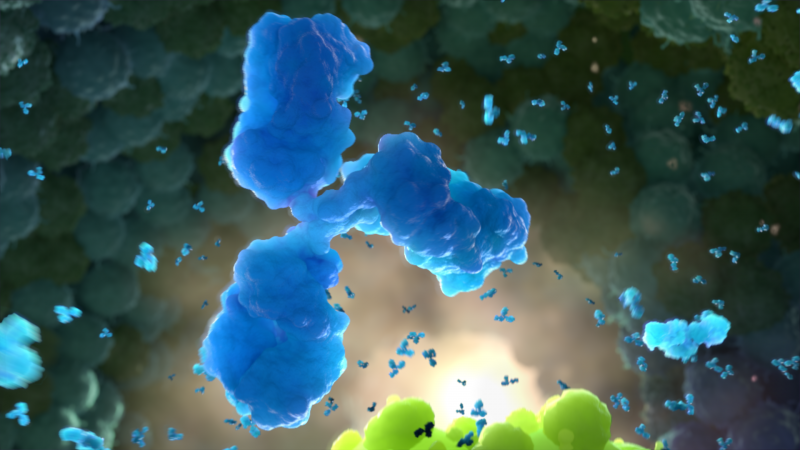Animation Expedition #7 - Genetic Engineering and Vaccines

Have you ever visited a factory? The cell can be likened to a miniature factory. Like a factory, the cell needs raw materials. The cell makes products that it can use for various processes. And like a factory, the cell follows a blueprint to complete its work. The cell's blueprint is DNA. DNA is organized in chunks called genes. The branch of science that involves working with genes is called genetic engineering. In this animation you learn how scientists use genetic engineering to make vaccines.
View the animation Using Genetic Engineering to Make Vaccines
Historically, vaccines used to combat viruses were made from a weakened or killed form of the virus. These modified viruses couldn’t make you sick but they still caused your body to produce antibodies. These antibodies would, in turn, help you fight the virus if you were exposed at a later time. Scientists still use these methods today. But in the 1980s, a new option, genetic engineering, became available.
With genetic engineering, scientists use bacteria or yeast cells to produce specific parts of a virus. First, they isolate the virus. Then, they identify the virus’s genes that code for the part of the virus that attracts antibodies. DNA containing these genes is put into a circular piece of DNA, called a plasmid. As the cell follows its own blueprints, it also reads the new code introduced in the plasmid producing the viral protein of interest. The protein is then purified and used as a vaccine.
Maurice Hilleman and his colleagues were the first to use this method to make a vaccine. Because the existing hepatitis B vaccine used blood from infected individuals, some people were concerned about its safety. So, Dr. Hilleman and his colleagues used genetic engineering to create a new hepatitis B vaccine. The new technique provided a vaccine that was easier to produce and did not suffer from the concerns related to using human blood. Today, the genetically engineered hepatitis B vaccine is used around the world and shows the promise of using genetic engineering to produce vaccines. You can learn more about Hilleman's ground-breaking work related to the first hepatitis B vaccine in our previous Animation Expedition and in the feature documentary film, HILLEMAN – A Perilous Quest to Save the World’s Children.
Check Your Understanding Question:
What is a plasmid? (Check one.)
- a cell used in genetic engineering
- a circular piece of DNA
- a specific gene found in cells
- DNA that codes for antibodies
Answer
B.
This is the seventh in a series of postings highlighting our Vaccine Makers Project animations.

